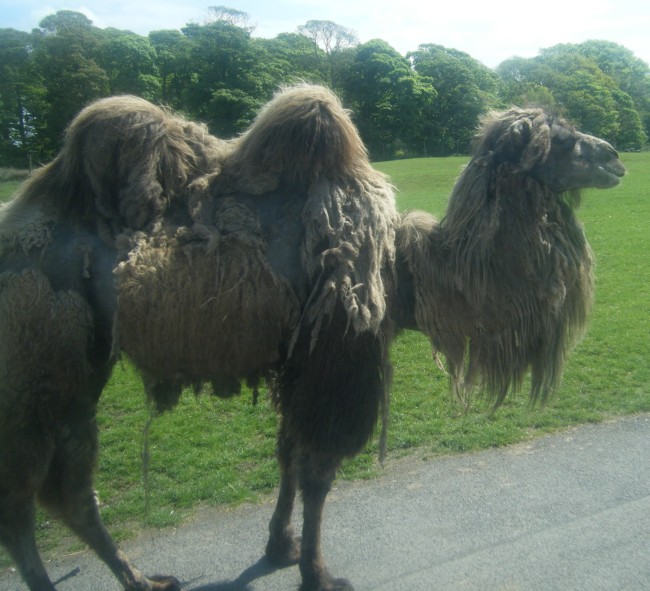With April came longer evenings, brighter colours, a Toad rescue and creepy Caterpillars. We were a few weeks into Lockdown and I was much more settled into my life here in rural England. We headed out each day to keep us sane, exploring the nature reserves, and public paths in our local area. The Cherry Blossoms had come alive, and Rapeseed crops made a breathtaking backdrop across the rolling fields.


On one of our daily strolls we encountered a Common Toad in a spot of bother in the middle of the road, it narrowly missed being hit twice and the ditches had completely dried up either side of the road. We scooped it up and carried him to the pond at the bottom of the road which it hopped into immediately and buried itself in the mud. A Common Toad can live for between 10-12 years, though this one was tempting faith caught out on the tarmac in high temperatures.
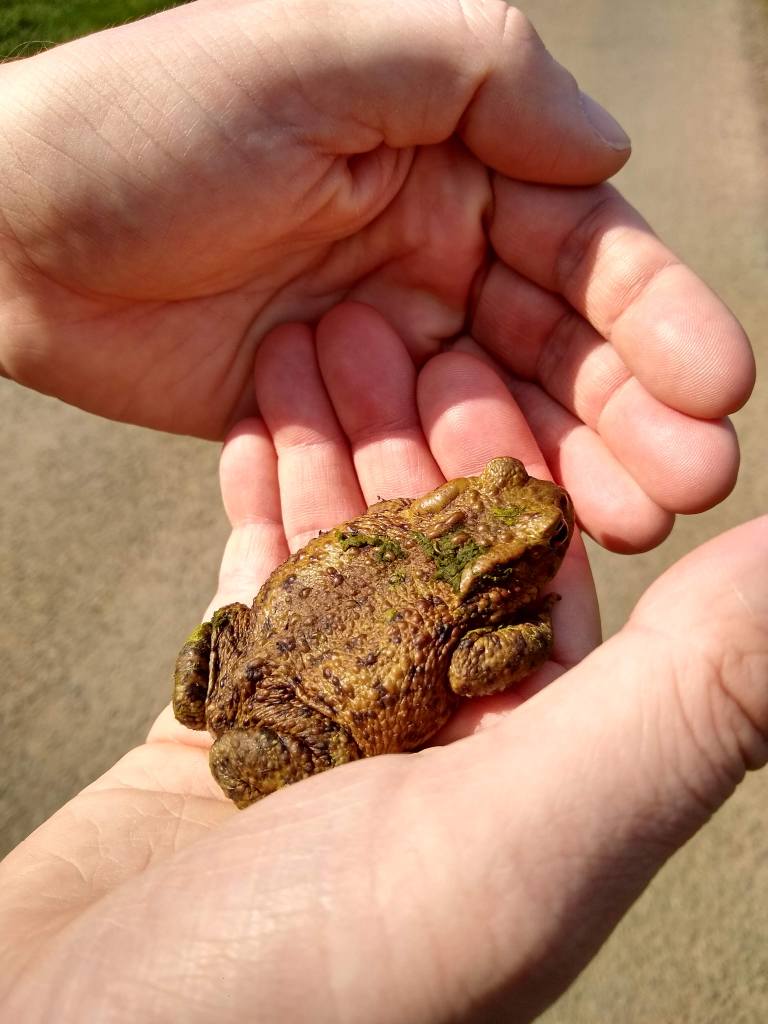
The next image looks like it belongs in a Horror movie, and I will be honest it gave me a fright, but upon closer inspection my mind was put at ease. What looks like the work of some very busy Arachnids is in fact the work of Tent Caterpillars.

I was definitely falling in love with the English countryside and had checked off some wildlife sightings which I never got to in Ireland. The Red Kites were still a common sighting each day, and while I write this (April 2021) I can hear their haunting screech as they are out hunting over our garden.
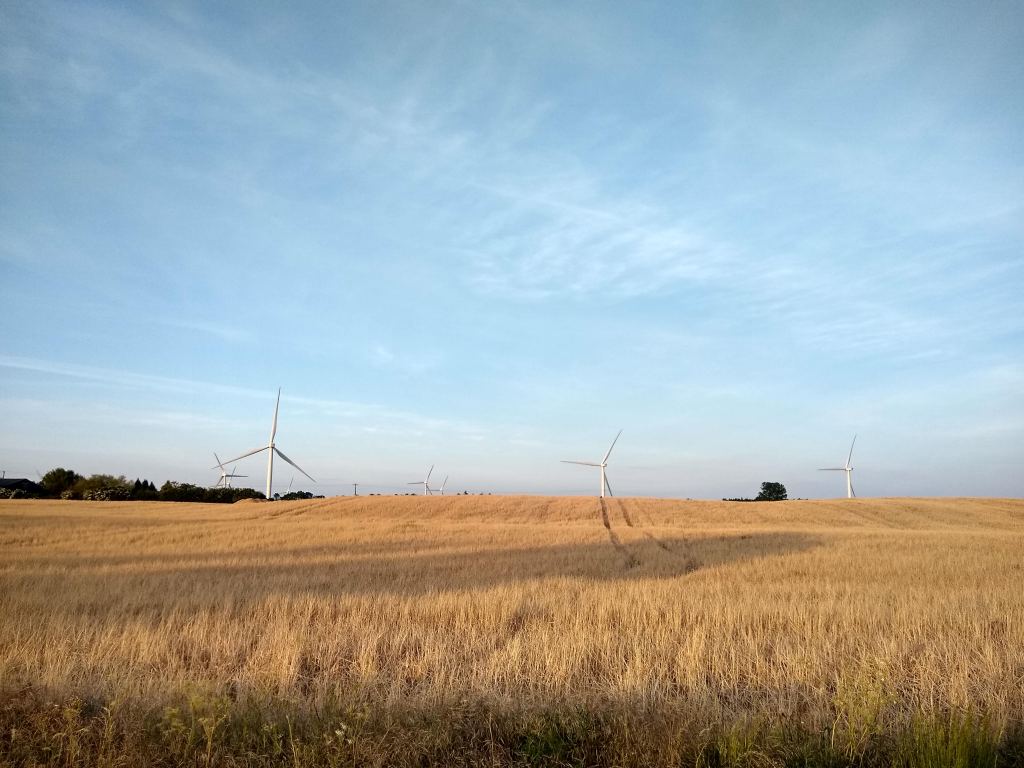
Don’t forget to like the Facebook page for updates on Animal and Environment news around the globe, and follow my brand new Instagram for regular Animal and Nature snaps.
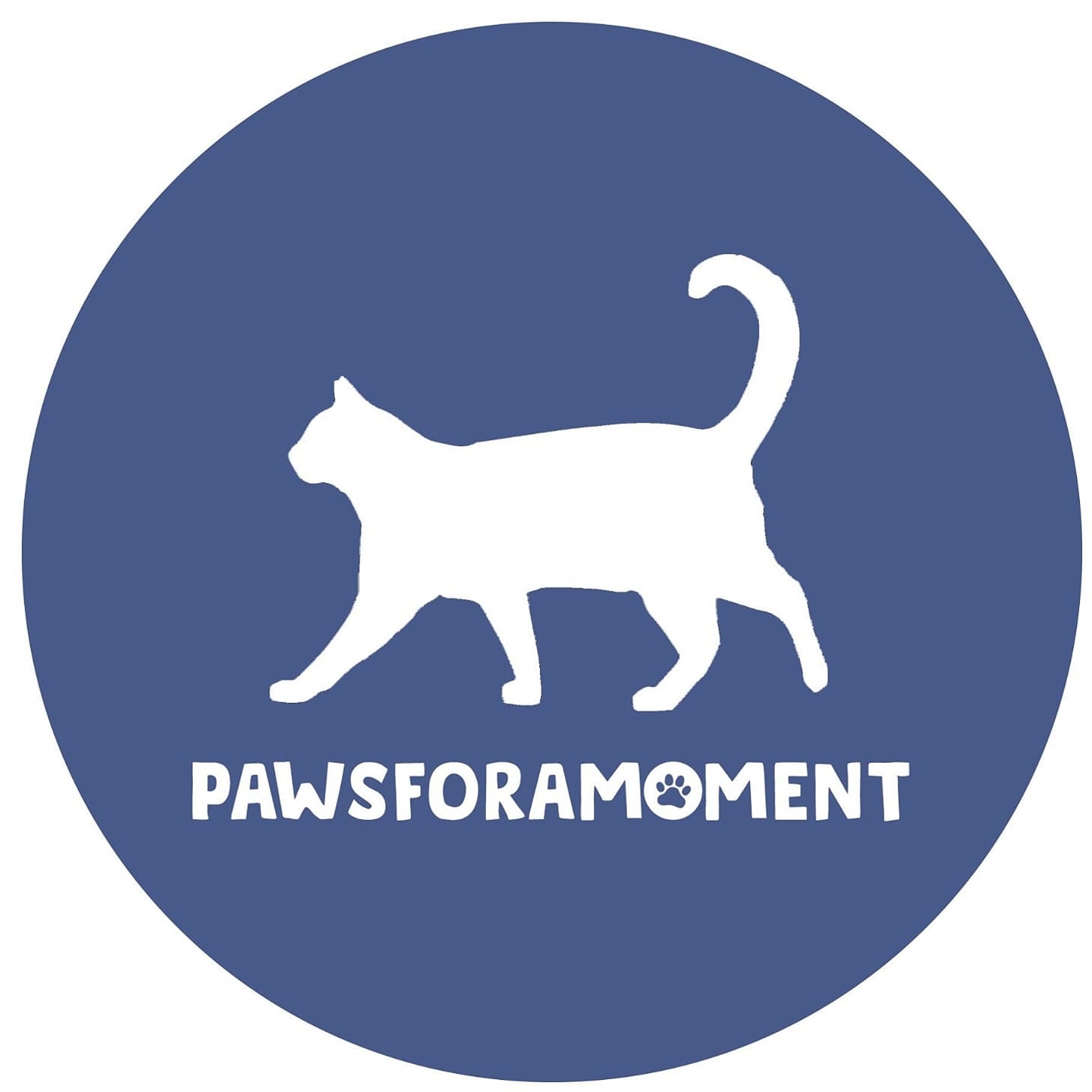


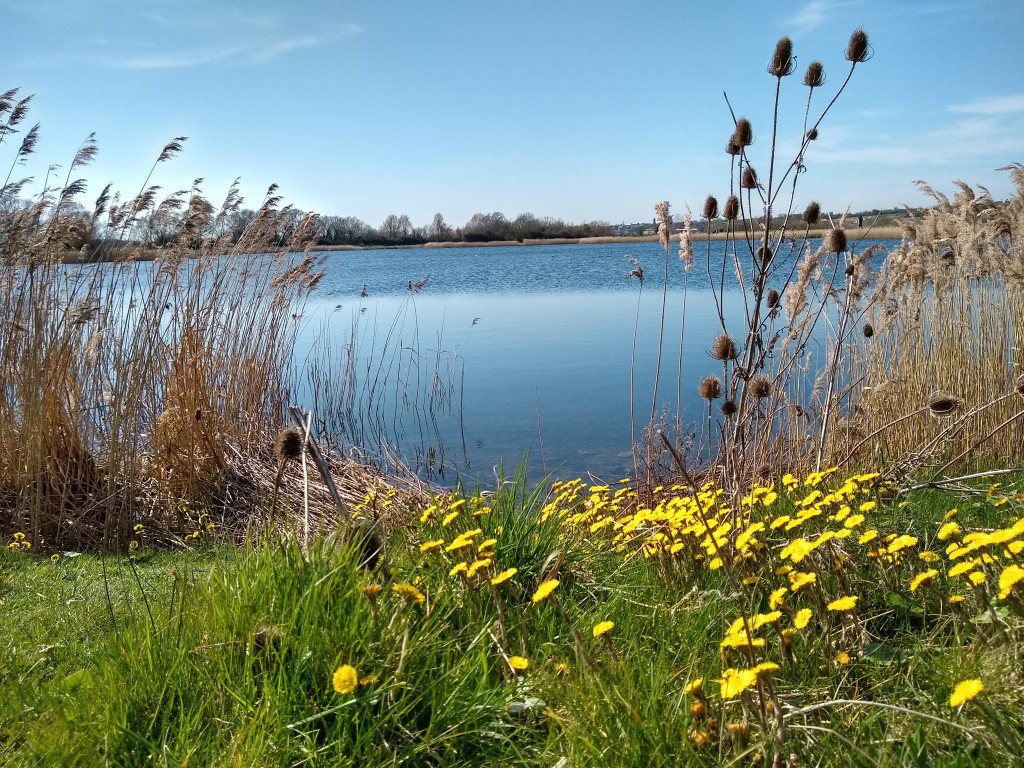











![MC900440392[1]](https://pawsforamoment.files.wordpress.com/2014/05/mc9004403921.png)

